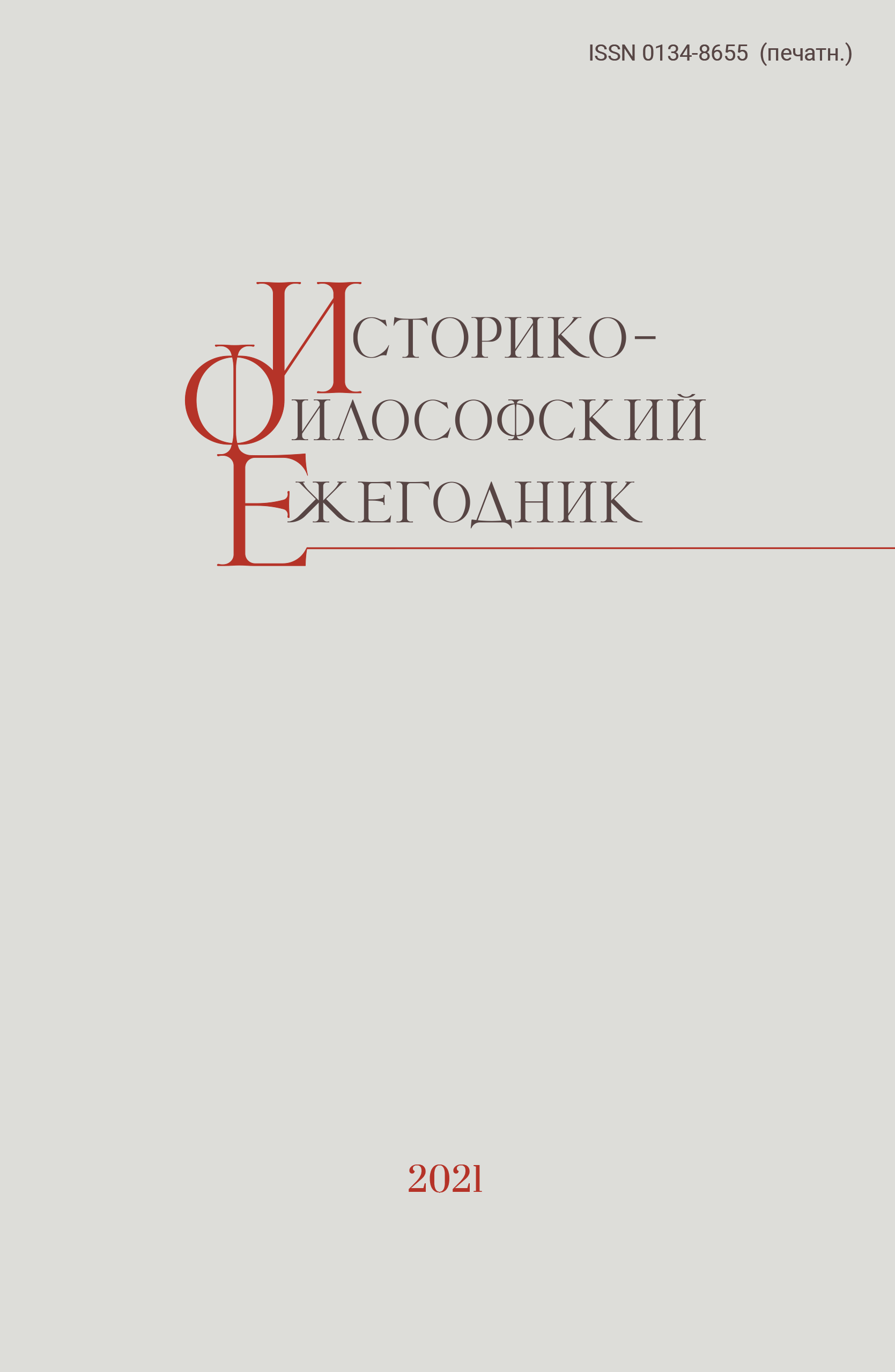Dante Between the Middle Ages and the Renaissance. Florensky, Losev and Bibikhin on Dante
Abstract
This paper examines Dante’s image in the works of P.A. Florensky, A.F. Losev, and V.V. Bibikhin. The author shows how, starting with Florensky, Dante was gradually moved up the scale from a person of the Middle Ages to a Renaissance man, while the attitude towards the Renaissance gradually became more positive: from an utterly hostile one in Florensky – through a slightly more positive, ambivalent view in the late Losev – to Bibikhin’s apologetical overturning of the accusations to the Renaissance era. These three Russian philosophers belonged to different historical situations of the 20th century and were very sensitive to historiosophical problems. For all of them, Dante was a significant figure: the essence of the favourite era – a “model” for modernity – in the case of Florensky and Bibikhin and an illustration of a transitional Proto-Renaissance type of European personality that started on a path of historical and cultural development that was ultimately a dead-end – in Losev’s case.

